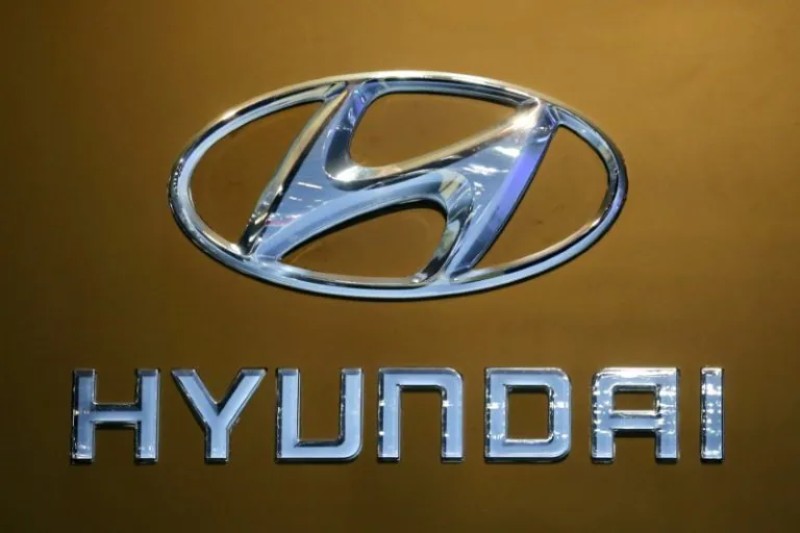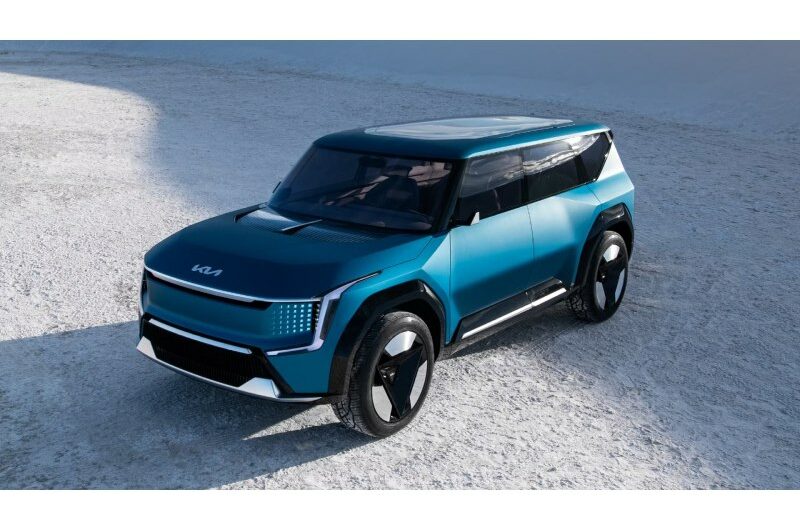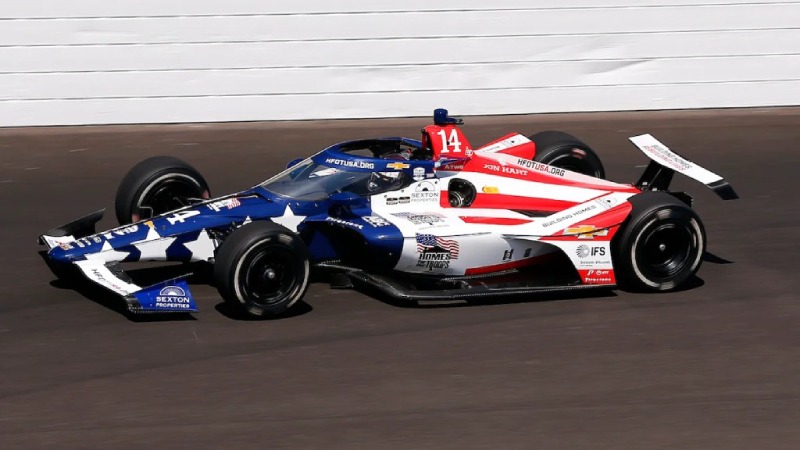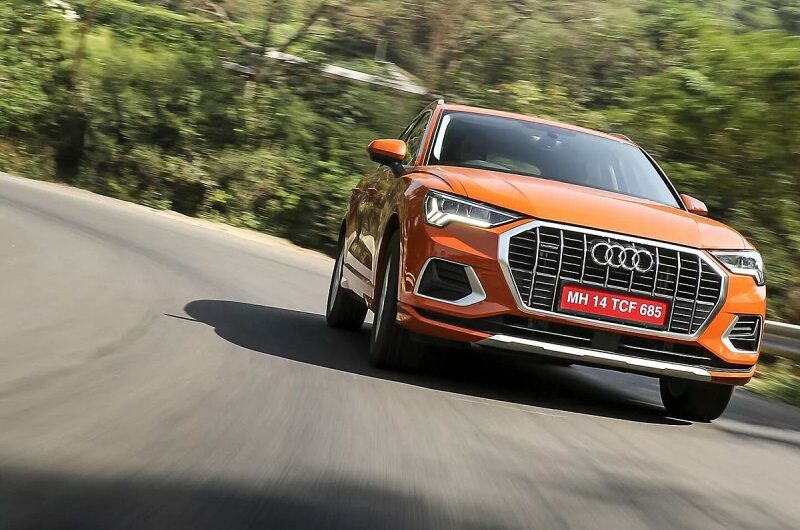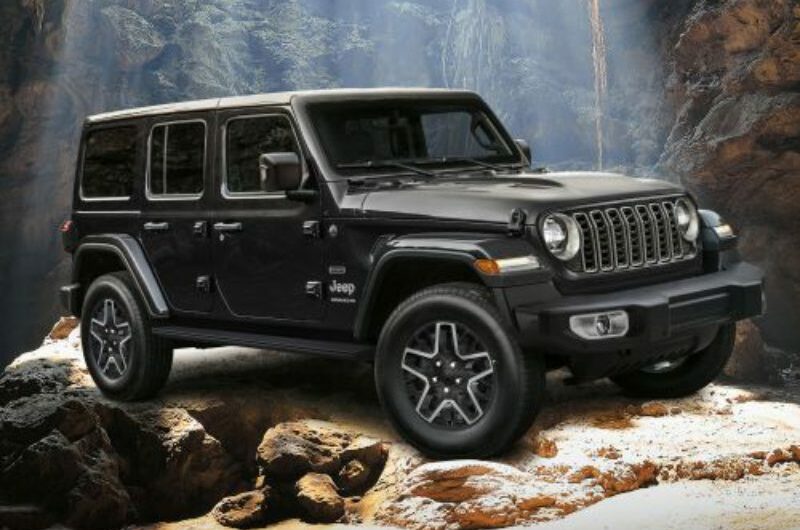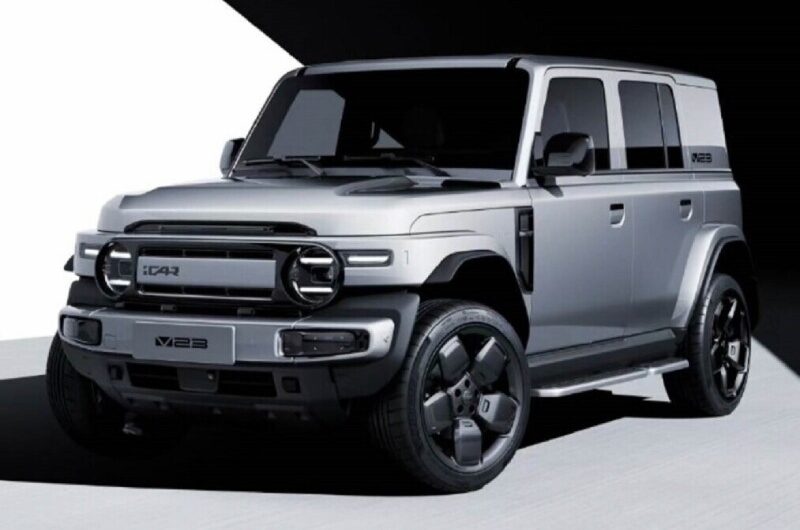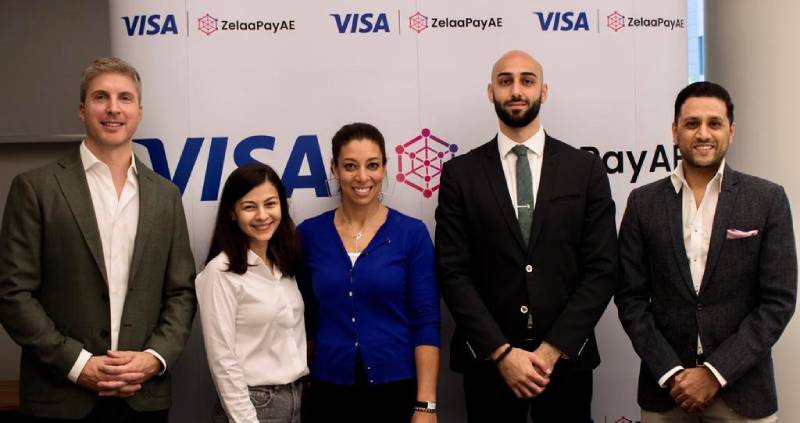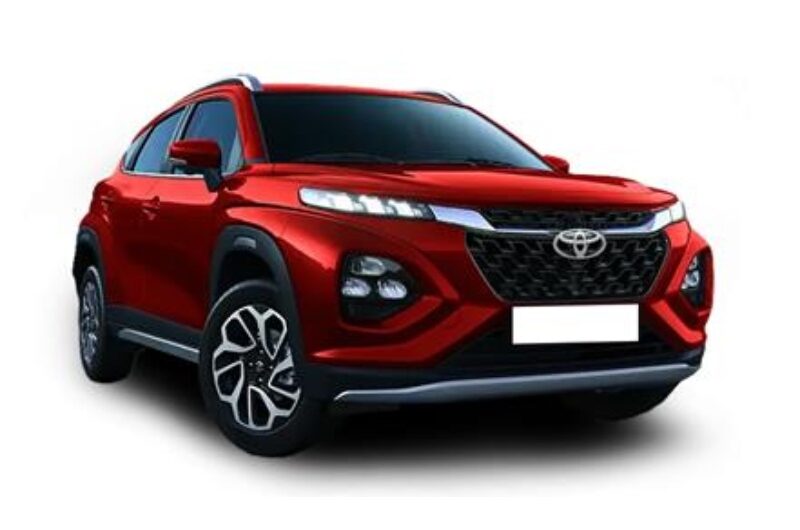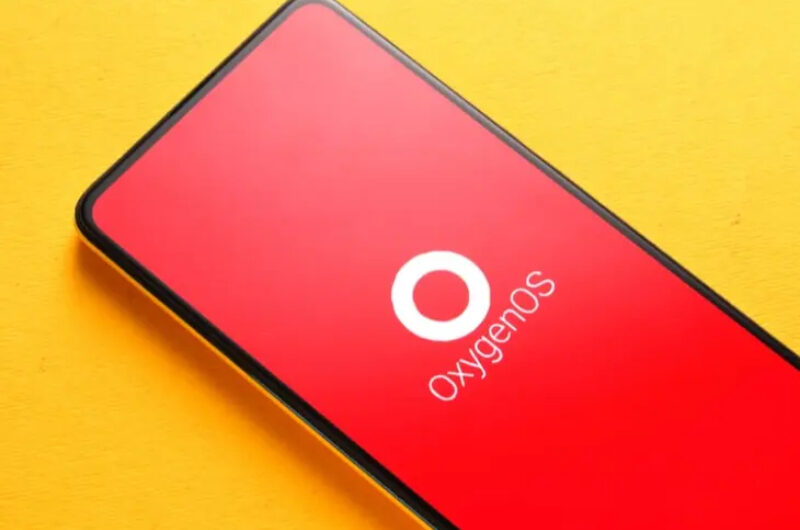In an effort to cut emissions that warm the globe, Hyundai is placing all of its resources into the most plentiful element in the universe. Hydrogen would “play a prominent role” in the South Korean automaker’s plans to become carbon neutral by 2050, the firm declared.
Hyundai Motor Company President and CEO Jay Chang stated in a statement that “clean hydrogen should be for everyone, powering everything, and available everywhere.”
A small but growing group of businesses are adopting hydrogen fuel cell technology as part of their efforts to do away with tailpipe emissions as the car industry transitions to electric vehicles. All four automakers—Honda, Toyota, GM, and Hyundai—have comprehensive plans to produce fuel cell cars for both personal and business use.
Hyundai has experience with hydrogen. The business, which has been mass-producing fuel cell electric vehicles for years, positions itself as being “at the forefront of the hydrogen momentum.” According to Hyundai, it currently holds “the world’s highest market share in sales of hydrogen-powered vehicles.”
Hyundai claims that it will include hydrogen into its line of passenger cars, trucks, and buses in addition to using it in advanced air transportation, trams, special equipment, vessels, and power generators.
With the 2020 introduction of its hydrogen fuel cell system brand, HTWO, the business will lead this transformation. Hyundai estimates that by 2035, it will use HTWO to offtake 3 million tons of hydrogen annually for power generation, steel manufacturing, and logistics.
Compressed hydrogen is the fuel used in hydrogen fuel cells, which solely emit water vapor as an output. The lack of infrastructure for hydrogen charging and refueling, particularly in North America, is one of the main obstacles, though.
There are only a little over 50 fueling stations in California, largely centered around Los Angeles and the Bay Area, despite the technology having been in development for decades. With a few stations currently operational and more under development in New York, New Jersey, Massachusetts, Connecticut, and Rhode Island, the East Coast is attempting to join in on the fun.
Because of its low energy content per volume, hydrogen is difficult to store because compact storage necessitates high pressures, low temperatures, or chemical reactions. Since light-duty vehicles frequently have a limited weight and size capacity for fuel storage, overcoming this obstacle is crucial.
Hyundai is also laying down stakes for its software development, announcing a “Software-Defined Everything” strategy “which aims to transform all moving devices, fleets and ecosystems into valuable assets through advanced software and AI.”
Customers’ expectations for the software in their vehicles are being determined by the development of software-defined vehicles by other automakers. The concept is that a car is sold with basic hardware and that its software, which can be updated and enhanced through over-the-air updates, determines most of its capabilities.
Hyundai is the most recent to adopt this strategy. The business declared that it is “moving from vehicle development to building the entire mobility ecosystem, into a software-defined approach.” In order to build “killer apps,” developers will need to establish software development kits (SDKs) and novel ways to infotainment, such as the creation of an app library.
Of course, artificial intelligence will also be a part of this. Hyundai claims that in order to facilitate more realistic interactions between the vehicle and the driver, a sizable language model will be incorporated into its in-car voice assistant. To demonstrate this commitment, the business recently invested $100 million in Tenstorrent, a manufacturer of AI chips.
Topics #carbon neutrality #hydrogen #Hyundai